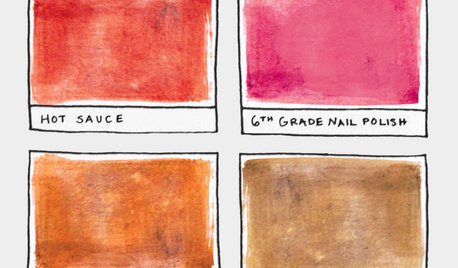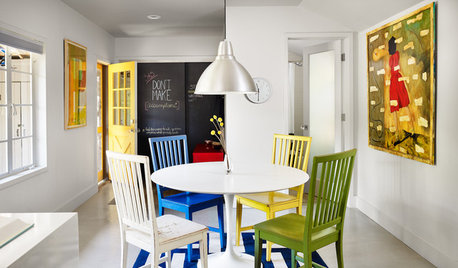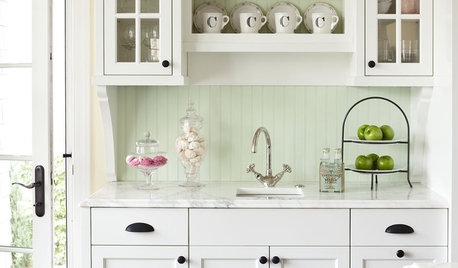Silicone-rich potting mix: I haven't tried it yet
tired_of_digging
10 years ago
Related Stories

FUN HOUZZ16 Creative Paint Color Names We Haven't Seen — Yet
Someday, the namers of new paint colors will finally run out of ideas. We're here to help
Full Story
DECORATING GUIDES28 Decorating Moves to Try This Month
Treat your interiors to a pick-me-up with these quick and cheerful decorating tricks
Full Story
DECORATING GUIDESRoom of the Day: A Fresh Mix in a Traditional Colonial
A designer combines rich colors and fabrics with lighter pieces in a living room that's the heart of a North Carolina home
Full Story
KITCHEN DESIGNChef's Kitchen Works Hard Yet Stays Pretty
A butler's pantry complete with refrigerator and dishwasher helps a restaurateur contain the mess when cooking and entertaining at home
Full Story
DECORATING GUIDESTeens' Rooms: The Haven Grows Up
Touches of Sophistication Mix With Fun in Your Teen's Dream Bedroom
Full Story
KITCHEN DESIGNHow to Mix Metal Finishes in the Kitchen
Leave matchy-matchy to the catalogs and let your kitchen's personality shine with a mix of metals for hardware and fixtures
Full Story
DECORATING GUIDESGive This Style the Old College Try
10 ways to evoke the collegiate aesthetic at home, from subtle to seriously fanatical
Full Story
COLOR12 Tried-and-True Paint Colors for Your Walls
Discover one pro designer's time-tested favorite paint colors for kitchens, baths, bedrooms and more
Full Story
GARDENING GUIDES15 Ideas to Try in Your Garden This Year
These gardening stories were tops among Houzz readers. Which ideas might you try this year?
Full Story
DECORATING GUIDES5 Decor Trends to Try — and 5 to Rethink
Some style trends are worth jumping onboard. Others you may want to let fade from your memory
Full StoryMore Discussions







MiniChopper4Me
tired_of_diggingOriginal Author
Related Professionals
Eden Prairie Landscape Architects & Landscape Designers · Foothill Ranch Landscape Architects & Landscape Designers · Glen Ellyn Landscape Architects & Landscape Designers · Kapaa Landscape Architects & Landscape Designers · Oconomowoc Landscape Architects & Landscape Designers · Springfield Landscape Contractors · Hilton Head Island Landscape Contractors · North Ridgeville Landscape Contractors · San Carlos Park Landscape Contractors · West Haverstraw Landscape Contractors · Bridgeport Solar Energy Systems · Crofton Fence Contractors · Richmond West Fence Contractors · Saint Louis Park Fence Contractors · Wake Forest Fence Contractorsgregbradley
tired_of_diggingOriginal Author